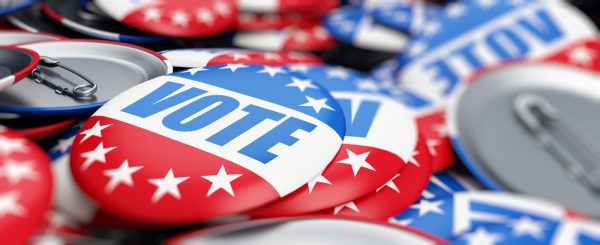Mari-juana Learn about Weed Legalization?
According to the Office of National Drug Control Policy, marijuana is a Schedule I drug, which means that users are highly likely to abuse this drug and that there is no currently accepted medical use.
In marijuana, the main chemical called delta-9-tetrahydrocannabinol (THC), triggers sites in the brain that set up reactions leading to the “high” that users experience. Being “high” causes distortions in vision, impairs coordination, and affects thinking and problem solving, as well as difficulty with learning and memory.
In addition, chronic use may lead to side effects ranging from an increased risk of schizophrenia to a possibly lowered IQ later in life. Marijuana use not only affects the body but also quality of life in all aspects including mental health, social life, and cognitive abilities.
However, with all of these side effects, why has marijuana use already been legalized in both Colorado and Washington?
Mason Tvert, the communications director for the Marijuana Policy Project, believes that marijuana should be legalized because “it is less harmful than alcohol, and it will generate revenue for the state that would otherwise be lost into the underground market.”
There is speculation around the comparison of alcohol and marijuana. The U.S. Centers for Disease Control and Prevention reported more than 37,000 annual deaths due to alcohol use, while there is not even a category for deaths caused by marijuana. In fact, a marijuana user would have to use 20,000 to 40,000 times the amount of THC in one joint to even be at risk of dying.
According to the Huffington Post, by legalizing marijuana, there will be no more arrests for marijuana possession. In Colorado, the new law states that residents 21 years or older are able to produce, process, use, or sell an ounce at a time. This allows marijuana users to purchase from regulated stores, rather than through illegal markets that may cause danger and violence.
Furthermore, in Colorado, taxes from legal marijuana sales in the first week brought in revenue of $5 million. High users generate high revenues. John Hickenlooper, governor of Colorado, estimates that the state’s total pot sales could reach $610 million next year. By 2018, there could be a possible $10 billion legal marijuana industry.
Nonetheless, during a recent National Governors Association meeting, Hickenlooper stated, “I urge caution,” and added that governments are unaware of “unintentional consequences” resulting from the use of this drug.
He also believes that the raised tax revenue “is absolutely the wrong reason [for other states] to even think about legalizing recreational marijuana.”
Ever since marijuana has been legalized in Colorado and Washington, Alaska and Oregon have also been planning to legalize the drug. More than half of the states are considering decriminalizing (removing criminal penalties) or legalizing marijuana for medical or recreational purposes.
On the other hand, Kevin Sabet, the executive director of Smart Approaches to Marijuana, which is leading most of the attempts to stop legalization, says, “If Oregon or Alaska could be stopped, it would disrupt the whole narrative these groups have that legalization is inevitable,” and they “could stop that momentum.”
Most importantly are the effects on the future generation. According to CBS News, through the Monitoring the Future survey, which represents students in eighth, tenth, and twelfth grades all across the nation from 2007 to 2011, found that 45.6 percent of high school seniors alone have smoked pot. With legalization, that quantity could easily rise to 51.2 percent.
The number of adolescents is rising, even though it had been declining from the late 1990s to 2000s.
Weed like to see what happens in the near future with marijuana legalization.






